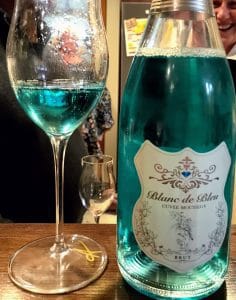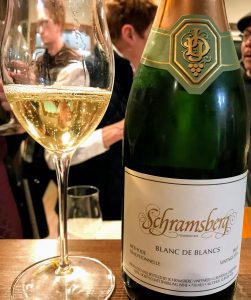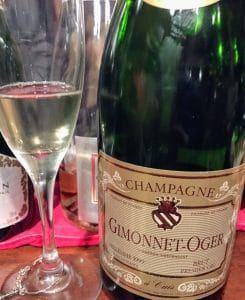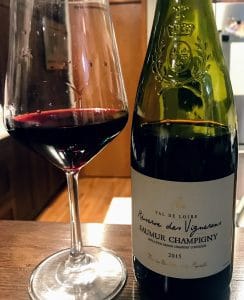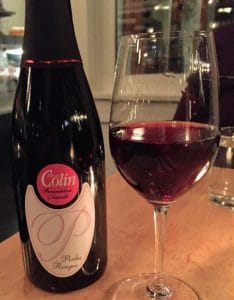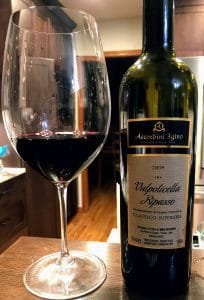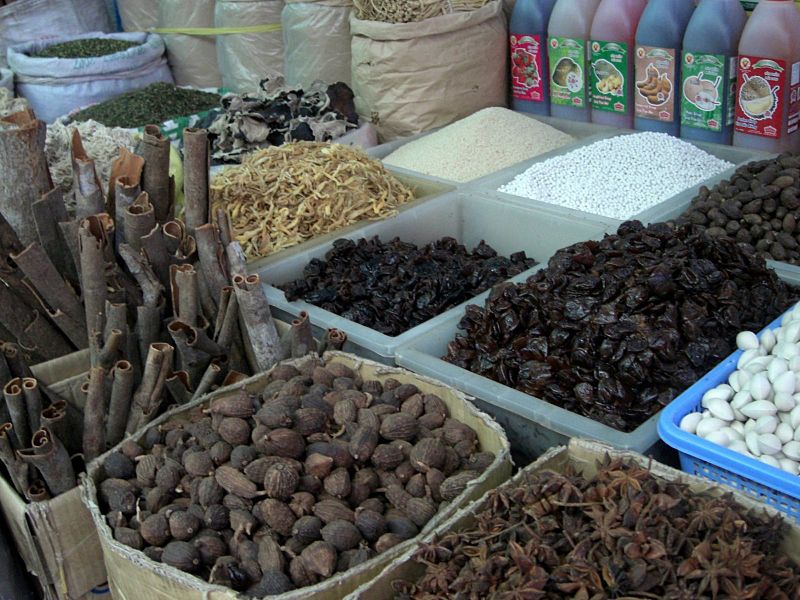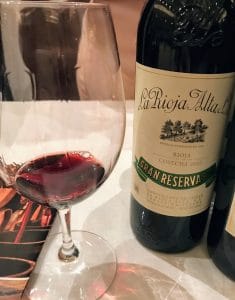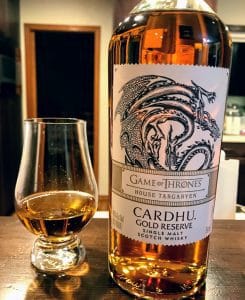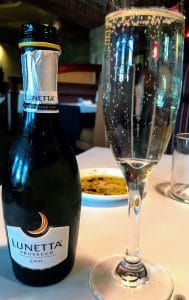A few quick thoughts on the 2006 Perrier-Jouët Belle Epoque Champagne.
The Geekery
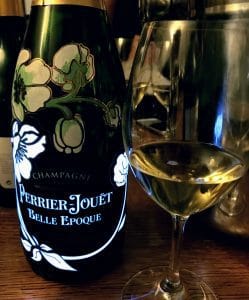
Yes, the bottle lights up.
Pierre Nicolas Perrier founded his eponymous estate in 1811, combing his name with that of his wife, Rose Adelaïde (Adèle) Jouët. In 1854, Perrier-Jouët was the first house to release a “Brut” Champagne with the term coming from the wine’s “brutal” dryness.
The 2006 Belle Epoque is a blend of 50% Chardonnay, 45% Pinot noir and 5% Pinot Meunier. Some of the fruit is sourced from Grand Cru vineyards like Avize and Cramant (Chardonnay) as well as Mailly and Aÿ (Pinot noir). The Pinot Meunier comes from the Premier Cru village of Dizy in the Grande Vallée de la Marne.
The wine was aged 6 years on its lees before being bottled with 9 g/l dosage. Around 7000 cases were imported into the US.
Among all their wines, Perrier-Jouët produces around 3 million bottles of Champagne a year. In contrast, a brand like Dom Perignon produces around 5 million.
The Wine

The toasty bread dough and pear reminds me of wood-fire pizza.
High intensity nose. Rich apple and pear with honeyed, almost caramelized, toasty dough notes–like a wood-fire pizza.
On the palate, those tree fruits come through and brings a bit of spicy ginger as well. The silky mousse is very mouth-filling and contributes to the full-bodied weight of this Champagne. Lively acidity balances the weight and highlights minerally notes. Long finish lingers on the pear and ginger.
The Verdict
I first had the 2006 a couple years ago, not long after its release. It was okay then, but not as good as it is now.
While the Belle Epoque doesn’t require as much patience as Cristal does, you usually want to give it at least 12 to 15 years from vintage date to maximize your pleasure.
If you can find this bottle (or the 2004/2005), it’s well worth the $145-165. This is a delicious and well-made prestige cuvee. But for more current releases (like the 2009 and 2011) I might be hesitant about opening it for something like New Years.

